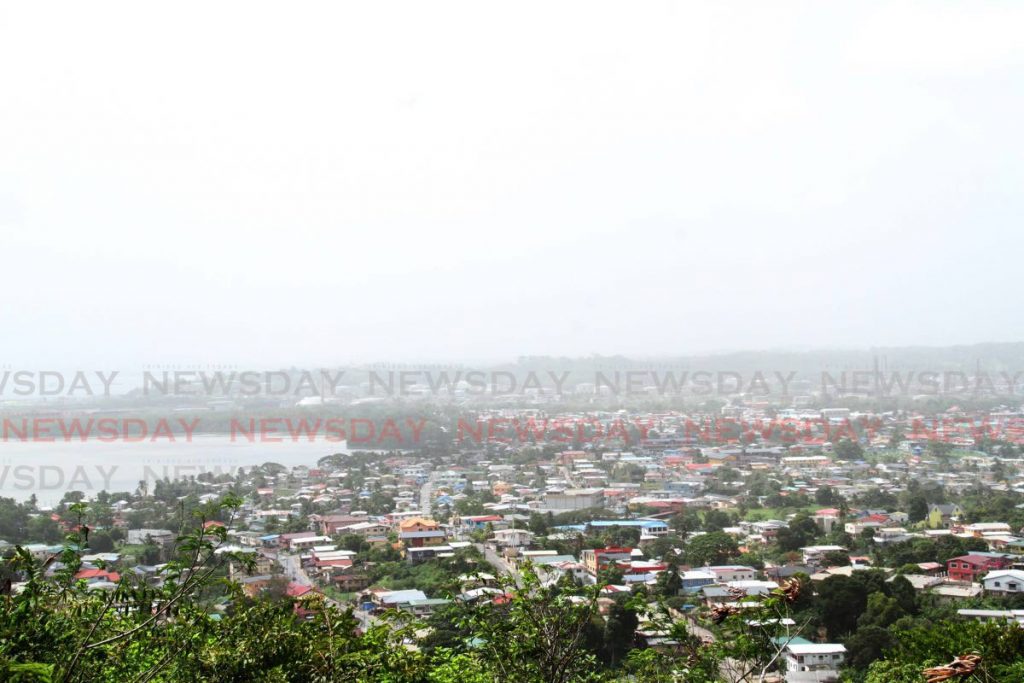Sahara dust may cause lung disease

Breathing Sahara dust may lead to lung disease and long-term changes in the lungs, a medical specialist has warned.
The increase in the amount of Sahara dust in the atmosphere, she said, respiratory ailments are a cause for concern for everyone, especially people who already have complications, and for children.
Newsday spoke with pulmonologist Dr Candis Gomez-Akan at the Thoracic Society (TOSTT). She said many people do not pay attention to the symptoms until it is too late.
She said because of the small size of the dust particle, it travels further into the respiratory system.
She explained, “It is distributed throughout the entire respiratory system, starting from the nose and moving through the airways into the bronchus, the lower bronchioles and then to the respiratory sacs called the alveoli.
“The effects of Saharan dust inhalation can lead to long-term changes in lung function and promote lung diseases. There can also be a delayed effect.”
Gomez-Akan said while there is limited data in the Caribbean on Sahara-dust implications, the underlying medical effects remained the same, and people with previous respiratory ailments are more susceptible to its harshness.
“It particularly affects people with previous asthma, lung disease or allergy problems. The initial symptoms will be sore throat, burning of the nose, runny nose and nasal congestion. Then there is sore throat, burning of the throat and voice changes. As it moves down there will be mucus build-up and tightness of the airways that leads to asthma.”
Gomez-Akan urged people who have been experiencing symptoms to visit their doctor immediately, because delaying treatment can lead to long-term problems.
“It can cause an asthma attack, chronic obstructive lung disease exacerbation, or a respiratory arrest. People need to pay attention to their susceptibility and try to understand if they are high-risk or not, and take the necessary precautions.”
Gomez-Akan said wearing a mask or face shield and avoiding outdoor areas where there are high levels of dust; regular cleaning; monitoring air quality, symptoms and breathing ability by using a peak flow meter are some of the precautionary measures people can take.
She also said people who need medication should not put off using it.
Meteorological officer Stephan Dickson said the concentration of Sahara dust this year is higher than in previous years.
He also warned Newsday on Friday, “We are expecting the trend to continue into next week.
"But the concentrations have decreased from what is was last week." No specific part of the country is expected to be affected more heavily than others. "We do not expect some areas have a higher concentration than others, especially in a small area like TT.”
The Environmental Management Authority (EMA) has said the air quality index for Trinidad is in the region of 142, which means people who fall within the sensitive group for respiratory ailments may be affected, but the general public is not likely to be affected.
The EMA also said the index for Tobago is 150, which means it falls in the category of unhealthy, where everyone may begin to experience health effects; with sensitive groups experiencing more serious effects.


Comments
"Sahara dust may cause lung disease"